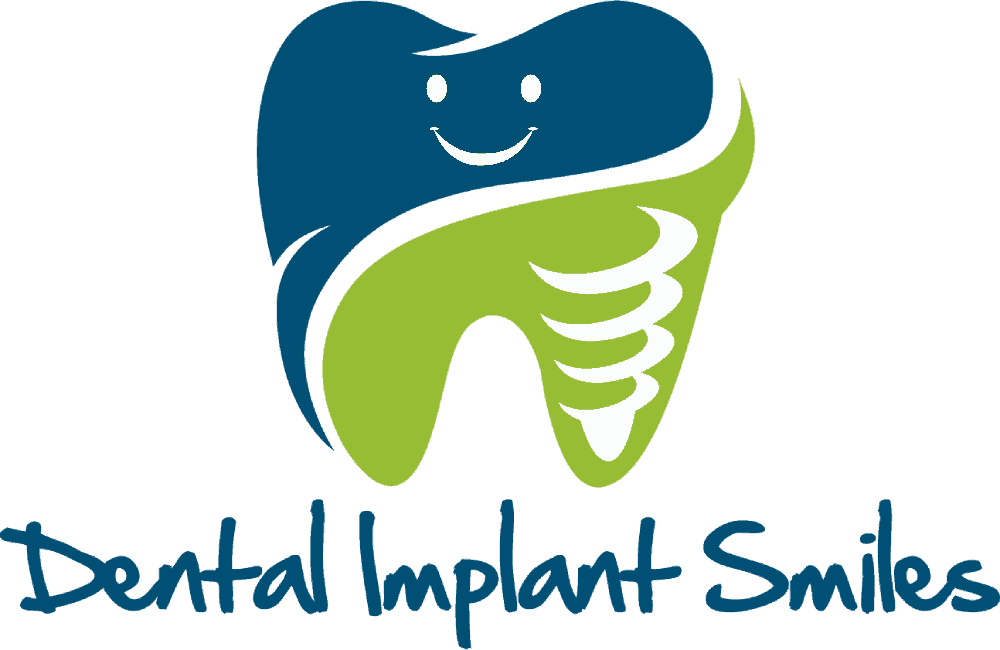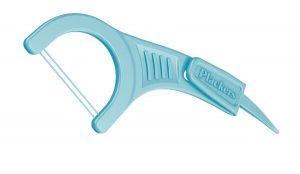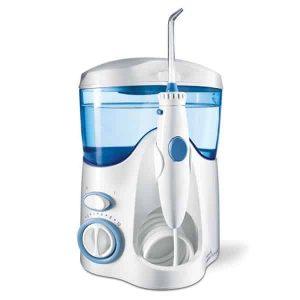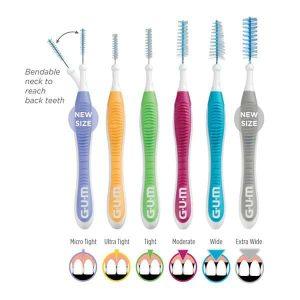Periodontal Maintenance
What is periodontal maintenance?
Periodontal maintenance is an on-going specialized program of care for patients who have been previously diagnosed and treated for periodontal or gum disease to keep the gums and bone healthy and free of inflammation-causing bacteria. The harmful bacteria that cause gum disease continue to build deep into the pockets between the gums and teeth even after initial treatment, often taking 3-4 months to return to damaging level. Because of this, periodontal maintenance therapy is typically done every 3-4 months intervals to stay ahead of it. This is done by alternating appointments between the general dentist and the periodontist. During these visits, your doctor or hygienist will examine the health of your gums by probing the depth of the pockets and possibly also using x rays to check the health of the supporting bone. They will then perform a deep cleaning of the teeth beneath the gum line and deep into the pockets removing any plaque and bacteria buildup that has occurred since that’s last visit. Any uneven surface areas of the teeth will be smoothed out to discourage any additional bacteria from attaching. Given that there is no cure for periodontal disease, periodontal maintenance therapy is crucial to prevent it from worsening and causing additional complications to your oral and systemic health.
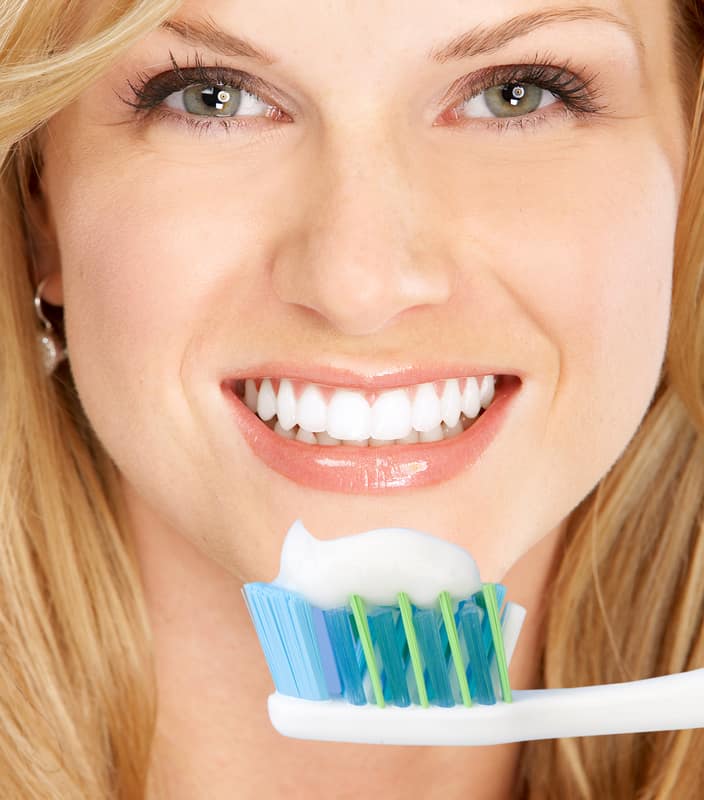
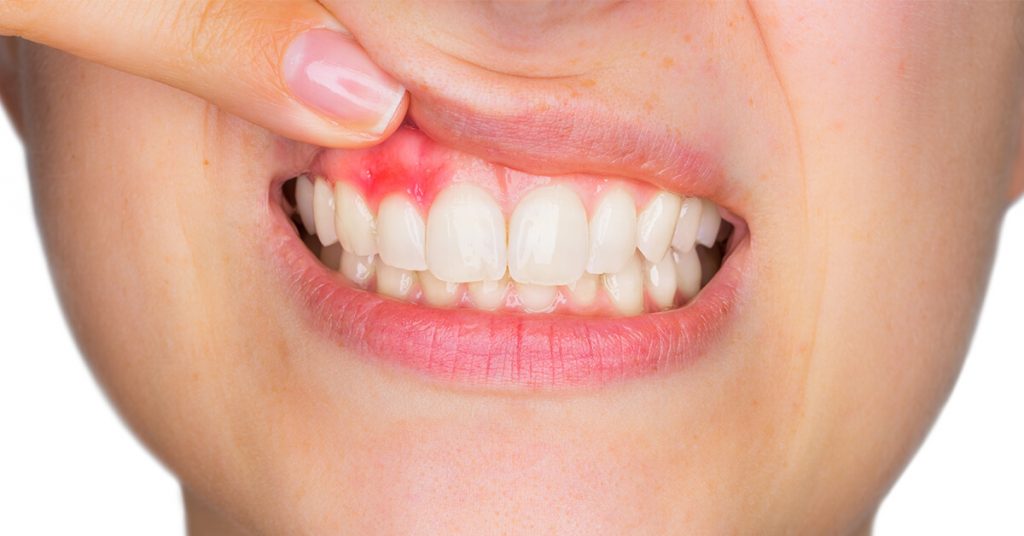
What is the difference between a prophy (cleaning) and a maintenance?
There are some important differences between them that are important to understand.
A routine dental cleaning (prophy) is designed for prevention. It means that its purpose is to keep gum disease and tooth decay from developing. It involves that your hygienist cleans your teeth above your gum line removing plaque, calculus and stains as well as polishing them. This usually takes place every 6 months at your dentist’s office.
On the other hand, periodontal maintenance therapy is done for patients already been diagnosed and/or treated for gum disease to prevent and control it from worsening. It involves your doctor or hygienist performing a deeper cleaning of the teeth beneath the gum line and deep into the pockets removing any harmful plaque and bacteria buildup that has occurred. To keep pace of the bacterial growth, this usually takes place every 3 to 4 months.
What is Implant Maintenance?
Taking care of your dental implant is important in maintaining the health of the implant and ensures the longevity of your dental implant placement. In many ways caring for your dental implant is similar to cleaning your teeth. The implant restoration is composed of three parts: the implant, abutment (post) and the implant crown. It is critical when cleaning the implant to use tools that will not damage any of these parts. In dental offices, the dentist and hygienist need to either use plastic or titanium instruments to clean around the dental implant. Any other instruments could scratch the dental implant components which could cause bone loss.
At home, make sure to brush your dental implant at and below the gum line like you would with a natural tooth. It is also important to use floss that goes deeper (Such as the one that comes with a “C” or “Y” shaped handle-See Image #1). An interdental brush is also very helpful that goes between the teeth and the implants. These “Go-betweeners” or “Interdental” brushes come in different sizes (See Image #2). Finally, a Waterpik flosser (See image #3) is a good addition to clean around dental implants, but it does not replace floss.
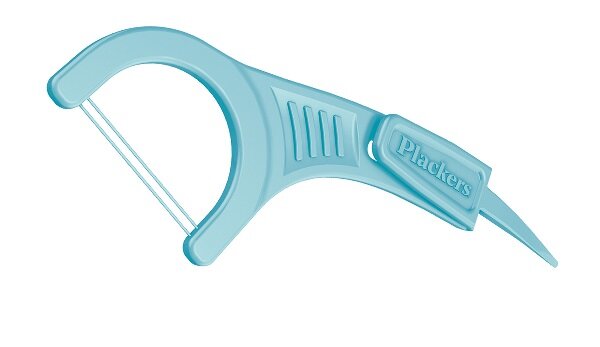
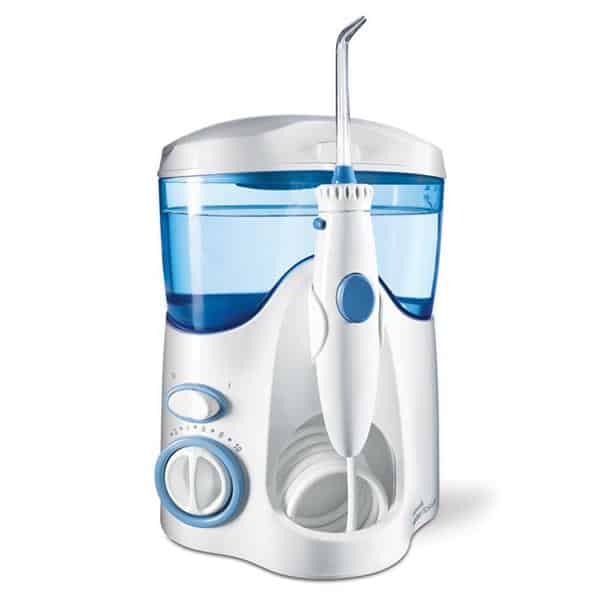
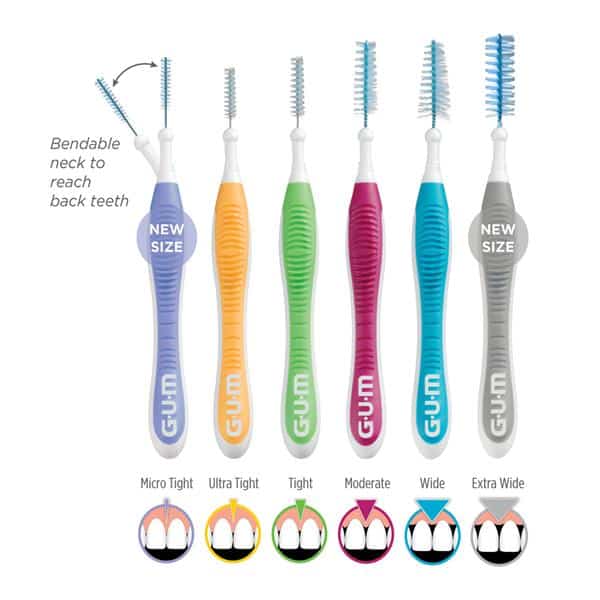
What is Implant Maintenance?
Taking care of your dental implant is important in maintaining the health of the implant and ensures the longevity of your dental implant placement. In many ways caring for your dental implant is similar to cleaning your teeth. The implant restoration is composed of three parts: the implant, abutment (post) and the implant crown. It is critical when cleaning the implant to use tools that will not damage any of these parts. In dental offices, the dentist and hygienist need to either use plastic or titanium instruments to clean around the dental implant. Any other instruments could scratch the dental implant components which could cause bone loss.
At home, make sure to brush your dental implant at and below the gum line like you would with a natural tooth. It is also important to use floss that goes deeper (Such as the one that comes with a “C” or “Y” shaped handle-See Image #1). An interdental brush is also very helpful that goes between the teeth and the implants. These “Go-betweeners” or “Interdental” brushes come in different sizes (See Image #2). Finally, a Waterpik flosser (See image #3) is a good addition to clean around dental implants, but it does not replace floss.
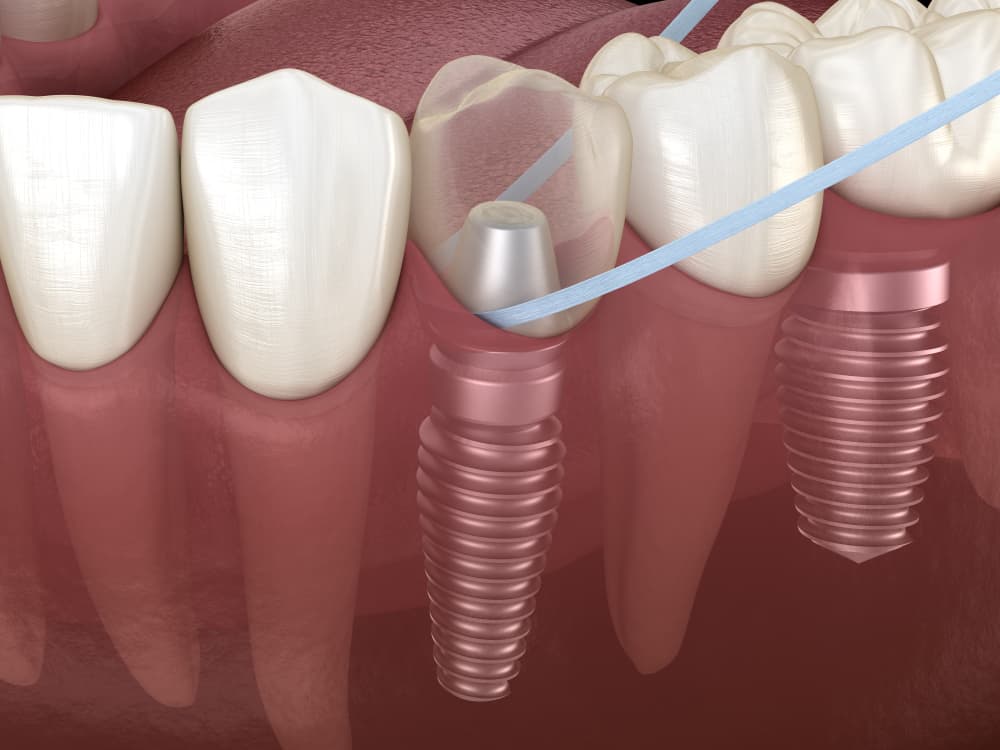
What happens if I do not alternate every three or four months for my gum maintenance or for my implant maintenance visits?
For the gums:
Gum disease, inflammation, bleeding and bacteria levels will tend to come back and cause the pockets to develop again and for the condition to worsen, thus needing treatment to be repeated or started again.
For dental implants:
Dental Implants could develop gingivitis of the implants called (Peri-implant mucositis) which could be treatable, or they could develop gum disease around the dental implants resulting in bone loss around them called (Peri-implantitis). This is much more difficult to treat and may require removal of the dental implant in severe cases.
